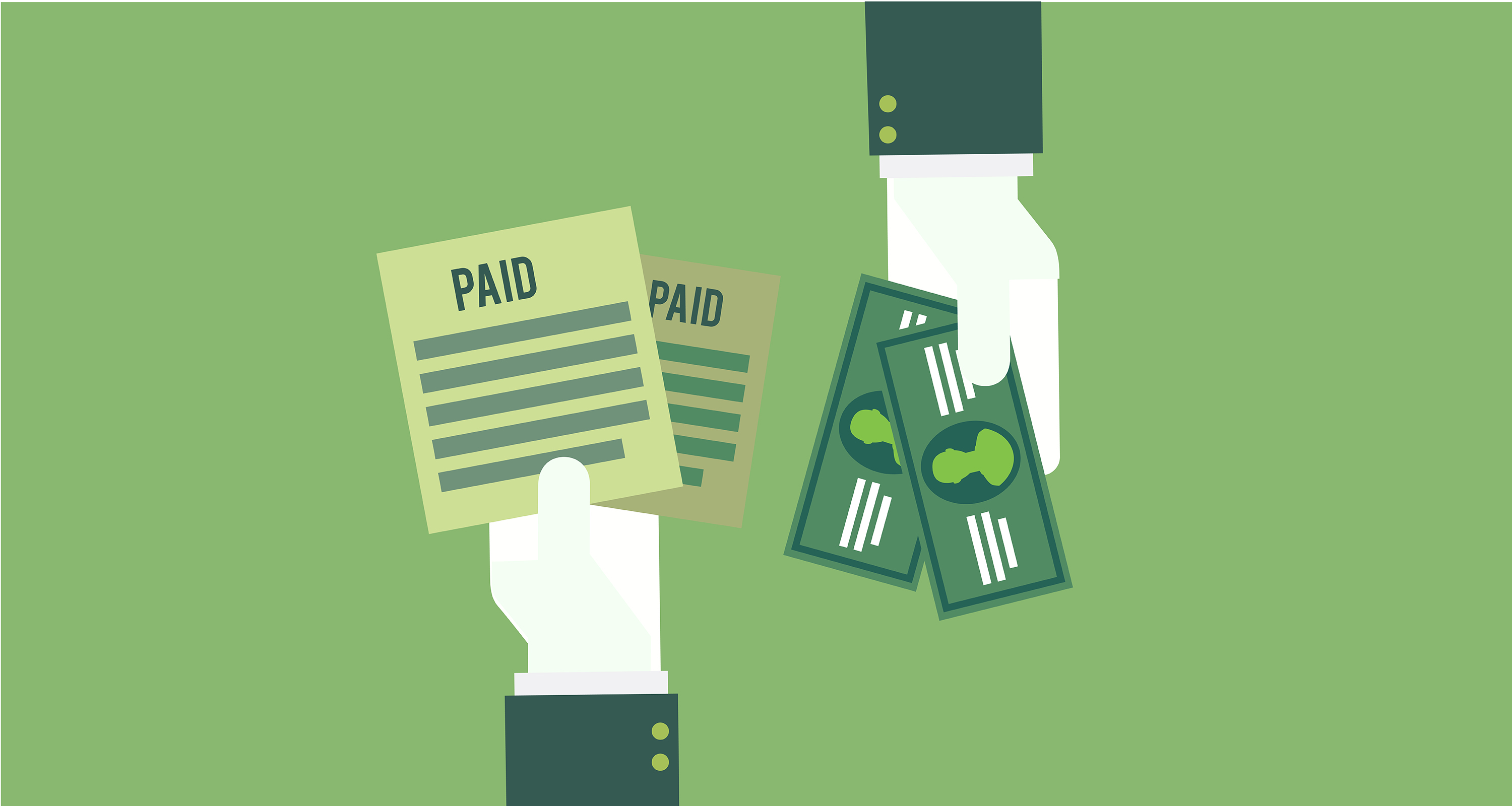It’s no secret that we live in an interconnected world where sending and receiving payments can occur with just a click of a button. For business owners, that’s welcome news since this makes it more convenient for you to get paid online, as well as increasing your cash flow since payments happen in real-time.
With that in mind, here’s a closer look at 7 common, and effective, ways that business owners can get paid online.
Table of Contents
Toggle1. Accept credit and debit cards online.
Allowing customers and clients to pay you by using credit or debit cards is one of the most common techniques used for receiving online payments. Best of all you when you integrate with third party payment gateways like PayPal, Stripe, or Square you can still process payments almost immediately, without having to be familiar with any coding.
Since everyone essentially has a plastic card, accepting credit or debit cards are convenient, transactions are instant, and they’re secure. And, transaction costs are reasonable. At Due Payments, there’s a flat 2.8% transaction rate.
If you run an eCommerce business, you can also use shopping carts from third party marketplaces like Amazon, Etsy, and eBay.
2. Use ACH processing to accept eChecks.
Accepting electronic checks have been common for years. In fact, I remember a time when it was more common to accept checks online then accepting credit cards or digital forms of payments. The benefit of accepting eChecks is that you can directly deposit it into your bank account and transaction fees are usually lower than accepting credit or debit cards.
To do this, you need to have ACH payment processing software, which is governed by the National Automated Clearing House Association, where the other party just enters their bank account information like routing and account number, name, amount, and authorization into the interface.
3. Join the blockchain.
There’s been many discussions surrounding the blockchain, which is just a database that records every bitcoin, or any digital coin, transaction. If you have a digital wallet, then you can accept these digital tokens.
The reason why so many people are excited about the blockchain is that by cutting out the middleman, aka traditional banking institutions, transaction fees are incredibly low and instant. This makes accepting payments from international customers a painless and affordable experience.
And, you can withdraw or use those funds by using a bitcoin debit card.
4. Provide an online payment gateway.
You could also build your payment gateway by adding a simple payment form where you can receive a payment directly from your site. Stripe is an interesting option since it allows you to customize its payment system based on your specific needs.
You’re not comfortable with building your own payment gateway, then you can always outsource this project to a company or individual who specializes in payment services. Look for services that provide the actual hosting of the payment form, secure payment processing, and customer account storage.
5. Transfer fund through apps.
There’s no shortage of mobile apps that allow people to send and receive money with your mobile phone. The most popular option is Venmo. If your account is linked with a bank account or debit card the app is free to use. For international transfers you can use the TransferWise app since it charges a flat fee or a percentage of the transaction.
Even social channels are getting in on the fun. Money can be transferred through Facebook Messenger and SnapChat has teamed up with Square for SnapCash. It’s also rumored that Apple will eventually offer it’s own P2P platform.
6. Click-to-pay email invoicing.
You can make it easier for people to pay your invoice by using click-to-pay email invoicing. This simply provides a link on the invoice that you sent to your client via email. Once they open the invoice and review it, they click a ‘pay now’ button and you’ll be paid. Besides making it easy for you clients, this method speeds up the payment process so that you can keep your cash flowing.
7. Schedule recurring payments.
If you run subscription-based service or are doing constant work for a client, then you may want to set-up recurring. Instead of manually filling-out and sending invoices each month, this feature automatically withdraws from you client or customer’s bank account or credit card. This not only saves you time, it makes budgeting a breeze since you known how much money is coming in each month and when it will arrive.













